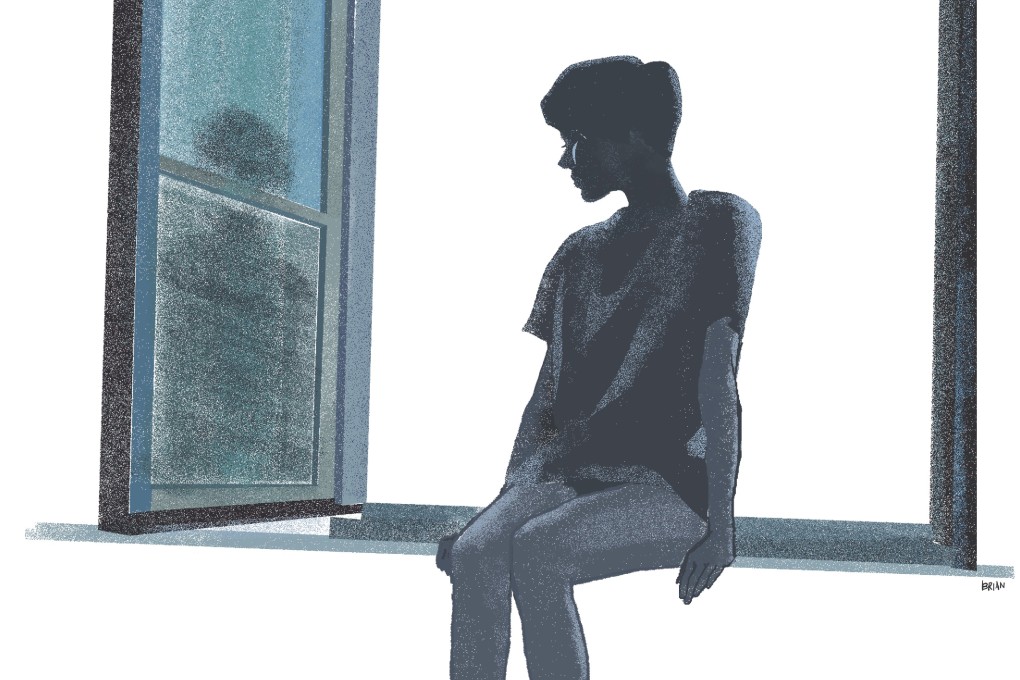Book review: The Bone Clocks by David Mitchell
Sprawling yet intricately interwoven, David Mitchell's latest epic is a heartrending but ingenious puzzle

by David Mitchell
Sceptre

To enter any one of David Mitchell's acclaimed novels is to enter an ornate Chinese puzzle. But once you venture into the world of his sixth novel, The Bone Clocks - and the vast labyrinth concealed within - you won't want to leave. When you finally do, you won't see our contemporary world in quite the same way again.
This transformative, 600-page genre-bending novel - which is arguably the most hungrily anticipated book of the year and was long-listed for the Man Booker Prize even before its release. It begins, conventionally enough, in the British summer of 1984, in the slangy voice of rebellious Gravesend teenager Holly Sykes. By the time you take leave of Holly as an old woman on Ireland's southwestern coast in 2043, you'll have witnessed a battle between two bands of immortals in a chapel in the Swiss Alps and the end of civilisation as we know it.

You'll also have gleaned some tantalising titbits about Icelandic lore and the seven millennia-old Whadjuk Noongar culture of Western Australia. But then, Mitchell's preternatural ability to teleport his readers across time, geography, cultures and genres is just one of a battalion of reasons why his fiction commands such a devoted following around the globe.
Another is he never repeats himself. Yes, you'll find familiar characters and references to his previous novels seamed into the fabric of The Bone Clocks, like a separate puzzle within an extended Chinese puzzle. After all, Mitchell has declared his novels, which include Number9 Dream, Cloud Atlas (both short-listed for the Booker Prize), Black Swan Green and The Thousand Autumns of Jacob de Zoet, to be chapters in one whole continuum, an uber novel if you will.